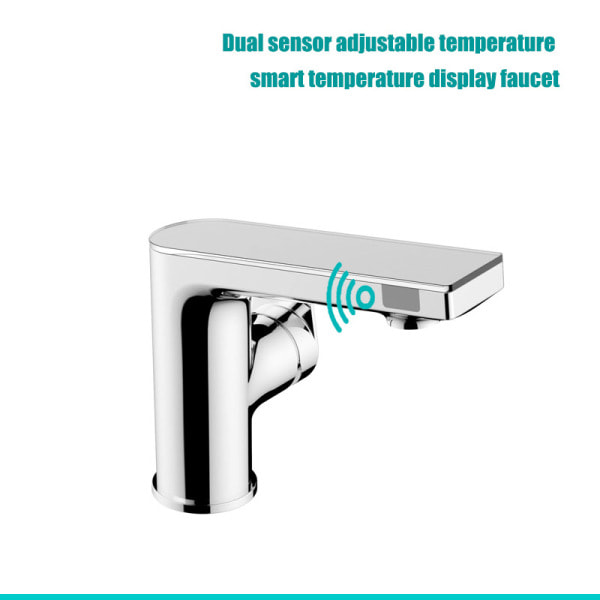In the quest for modernizing our daily experiences, Automatic Sensor Faucets, or Touchless Faucets, have found their place in public settings, aiming to enhance water conservation and hygiene. However, as one delves into the realm of residential use, a different narrative unfolds. This exploration examines the benefits and challenges of these innovative fixtures, narrated through a personal experience.

The Merits in Public Spaces
1. Water Conservation:
Automatic sinks in public settings serve a dual purpose — reducing water wastage and minimizing physical contact. These faucets are designed to dispense water efficiently, curbing excess usage and contributing to environmental sustainability.
2. Hygienic Touchpoints:
By eliminating the need for direct contact, automatic sensor faucets play a vital role in maintaining hygiene, especially in areas with high foot traffic. The touchless operation minimizes the spread of germs, fostering a cleaner and safer public environment.
3. Efficient Operation:
In public places, these faucets generally do a commendable job, efficiently responding to the user's needs. However, occasional hiccups in responsiveness may lead to amusing yet frustrating situations.
Challenges in Residential Settings
The transition from public to private spaces introduces a new perspective on automatic sensor faucets, as recounted through a personal experience in a state-of-the-art residential college.
1. Tech-Savvy Infrastructure:
The allure of a modern living space, equipped with keyless entry doors and automatic lighting, can be captivating. However, the seamless integration of technology may occasionally disrupt moments of leisure, such as when lights turn off during periods of inactivity.
2. The Bathroom Dilemma:
In a one-bedroom, one-bathroom setup, the bathroom becomes a focal point. While automatic toilets may present minor inconveniences, the real challenge lies in the automatic sink, which proves to be a significant drawback to the overall lifestyle.
3. Limitations of Automatic Sinks:
a. Temperature Regulation:
Unlike traditional sinks, automatic ones often lack the ability to regulate water temperature, leading to discomfort during use.
b. Short Water Dispensing Time:
With an automatic shut-off after just 12 seconds, regardless of the user's needs, these faucets can be more frustrating than functional in a private setting.
c. Unreliable Sensors:
The reliability of the sensor becomes a concern, with instances of malfunction that may hinder the user experience.
d. Incompatibility with Private Settings:
Features designed to benefit public spaces, such as reduced germ transmission, are often negated and unnecessary in private settings.
e. Limited Counter Space:
The automated nature of the sink exacerbates counter space limitations, causing items to accidentally fall into the sink and get soaked.
4. User Anecdotes:
The frustration with automatic sinks extends to everyday scenarios, from washing dishes with intermittently shutting off cold water to the inability to fill up a sink due to the absence of a stopper.
5. A Plea to Architects and Contractors:
Directing a plea to those responsible for integrating these fixtures into residential spaces, there's a call to consider user experience. The drawbacks highlighted emphasize the importance of balancing innovation with practicality in private settings.
6. First-World Quandaries:
Acknowledging the nature of these challenges as first-world problems, the article questions the essence of a developed country where the basic control of water becomes a noteworthy concern.
A Silver Lining: Resolution and Improvement
The narrative takes a positive turn with a personal revelation — the replacement of the problematic sink with a traditional one featuring temperature control. This unexpected improvement significantly enhances the quality of life, showcasing the potential for positive change in response to user feedback.
In conclusion, the benefits of automatic sensor faucets shine in public spaces, contributing to water conservation and hygiene. However, their integration into residential settings presents a unique set of challenges, emphasizing the importance of thoughtful implementation and user-focused design in modern infrastructure.



Comments
Please Join Us to post.
0